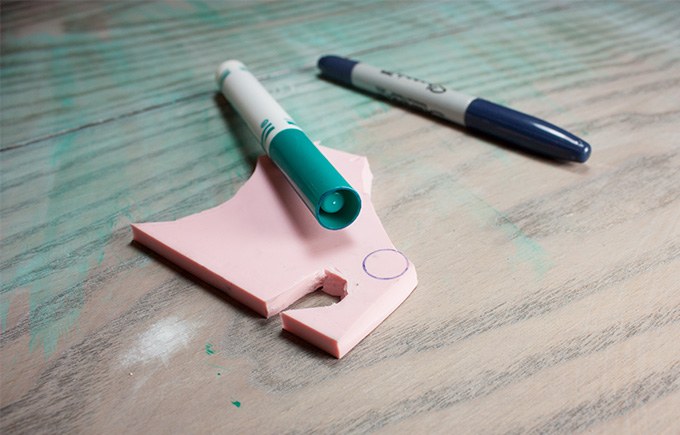From 2014-2016 I chronicled my crafty endeavors on the site Adventures-in-Making. I’ve selected a few of those DIY’s, Recipes, and other posts to share on the site.
When you make the decision to make your craft into your career (or a huge part of your life), you’ve entered into dangerous territory. Suddenly the thing that was fulfilling, expressive, and personal has become something that you have to think about from a practical angle. Instead of using the supplies you want, the time you want, and just being happy with the making of it all you have to consider profitability, sellability, and all the other “-abilities” I can make up.
Universally, artists feel the pressure to improve and evolve their work. There’s always something to adapt to make it a better representation of the creative magic within us. The real problem is that those changes come when you’re not looking. They can’t be forced (although they can be coerced.)
So, take a break. Reboot & let all the outside inspiration soak in.
Take a vacation.
I think a vacation can be anything you want, not just going to a new destination. Although this does seem to be the most popular choice amongst people who are looking to take a short break away from their normal lives. Sometimes you don’t even need to travel that far, as depending on where you live, these ultimate UK caravan spots may be the ideal choice for you and your family if you want to enjoy some quality time together. During this time, you can do anything you want, without anyone asking any questions. One of the most restorative things about a trip is the break from our routine; so if you can’t get away, take a week to change things up.
• Cook dinner instead of take-out, or vice-versa.
• Play solitaire instead of watching tv.
• Sit under a tree with a book.
• Try weird outfits. Change up your hair. Put on some temporary tattoos…
• Put a radio in your bathroom.
• Get a new candle, and do everything by candle light.
• Have a 10 minute dance party every evening. (Force everyone to join in.)
Try new creative things.
• Play with medium outside of your wheelhouse. It doesn’t have to be expensive- I love doing a papier mâché project from time-to-time to break my routine; and that’s just trash! Cooking also counts.
• Take a class, listen to a lecture, or reach out to someone you admire. A different point of view can help shake things up.
• Use your other hand. No really. It’s hard and fun.
• Make something that solves a problem you’ve been having. I finally broke down and made my own doorstop, and even though it’s simple, it was different enough from my normal work to give me some ideas.
Give in.
• If you’re stuck on one thing, move on to something else. It doesn’t help to sit and stare at a blank canvas.
• Productive procrastination is OK. Really, I swear. You’re still getting something done– even if it’s not exactly the thing you need.
• Take a deep breath, and let the next wave of inspiration come at you.
What do you do when you’re in a creative rut?






















































You must be logged in to post a comment.